We are excited to announce our $2M seed round led by Joa Capital.
Read Now
.png)
October 23, 2025
Syed Mohammad Sharfuzzaman Nayeem
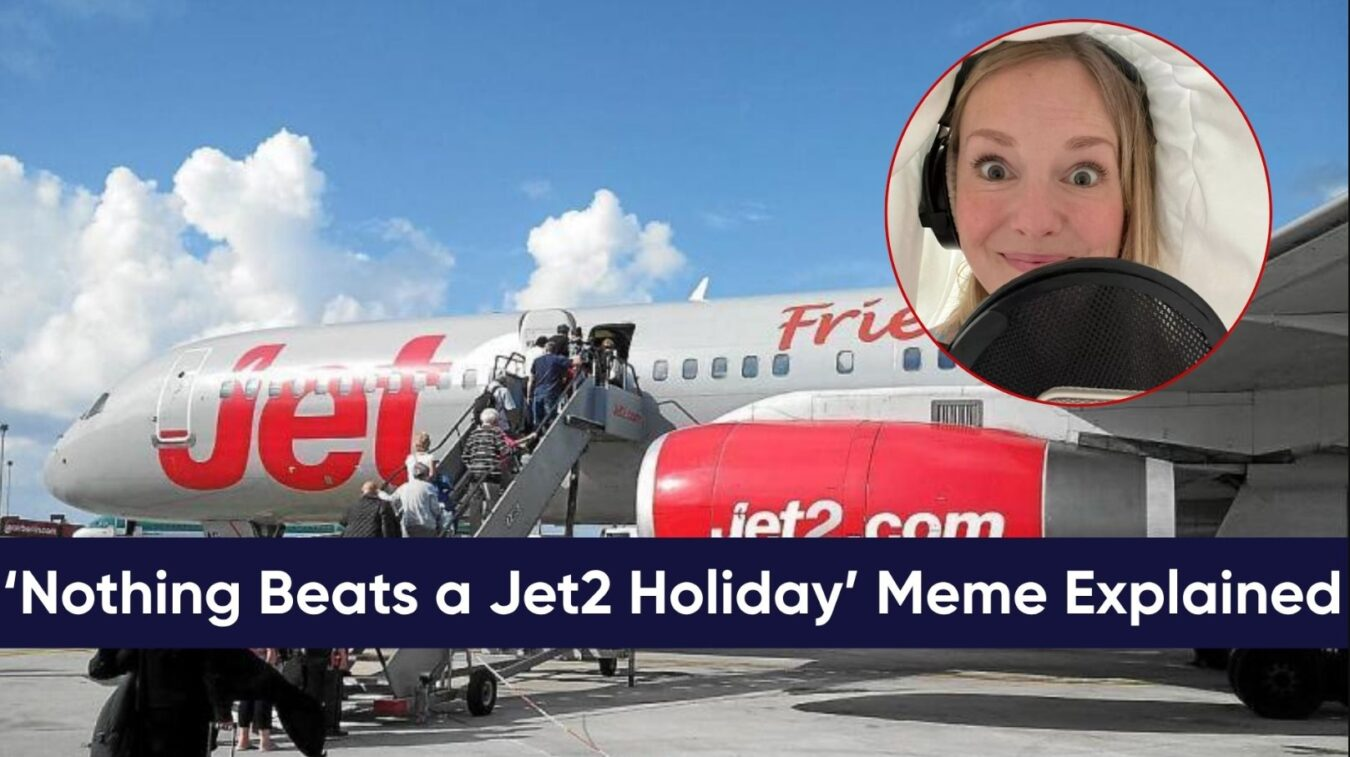
Jet2 Holidays’ upbeat tagline, “Nothing beats a Jet2 holiday,” set to a snippet of Jess Glynne’s “Hold My Hand,” was supposed to be a fun, harmless TV jingle. However, it became the ironic soundtrack to holiday disasters, airport chaos, and travel failures.
TikTok users embraced the contrast for laughs and the jingle quickly became viral. But unlike other brands, Jet2 had to navigate out of this virality.
Because its marketing jingle turned against it. This case study asks the question, “What do you do when your brand sound track becomes the backdrop to satire?
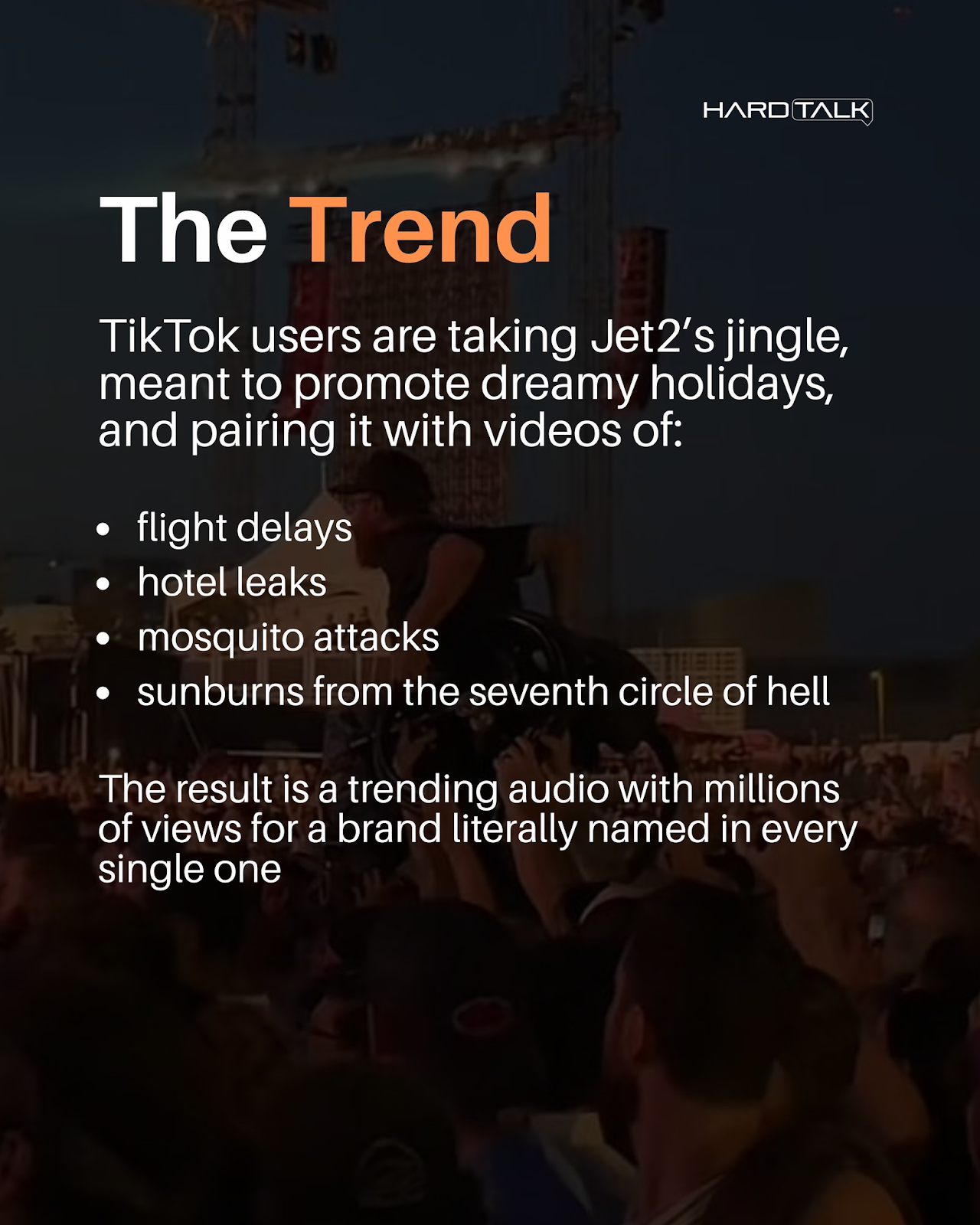
Jet2’s jingle was supposed to be a part of a cheerful ad campaign that paired the tagline with imagery of happy travelers, warm getaways, and the promise of value deals. Over time, that slogan, “Nothing beats a Jet2 holiday”, became earworm territory, thanks to Jess Glynne’s “Hold My Hand.”
The problem came when TikTok creators began recontextualizing it in late 2024. Videos kept on coming about someone stuck in an airport queue, a broken suitcase zipper, or a rainstorm in a tropical resort. All of them had the cheery vocal line.
The algorithm caught the whiff of the comedic dissonance.
The trend exploded with the audio used in over 2 million TikTok videos. The problem wasn’t the use of audio but what it conveyed.
Many of these videos juxtaposed the jingle against the disaster or inconvenience. Basically, satire built from sunny expectation colliding with messy reality.
Jet2 leaned into the meme rather than resisting it. In April 2025, they posted staff lip-syncing the jingle and announced a TikTok Challenge.
Participants using the audio to content could a £1,000 holiday voucher with #Jet2Challenge.
The move was clever. Instead of becoming defensive, they had created a channel for user participation. They tried to give structure to what had become wild social content.
But even as they tried to ride the wave, the brand gave away control to how people used the audio.
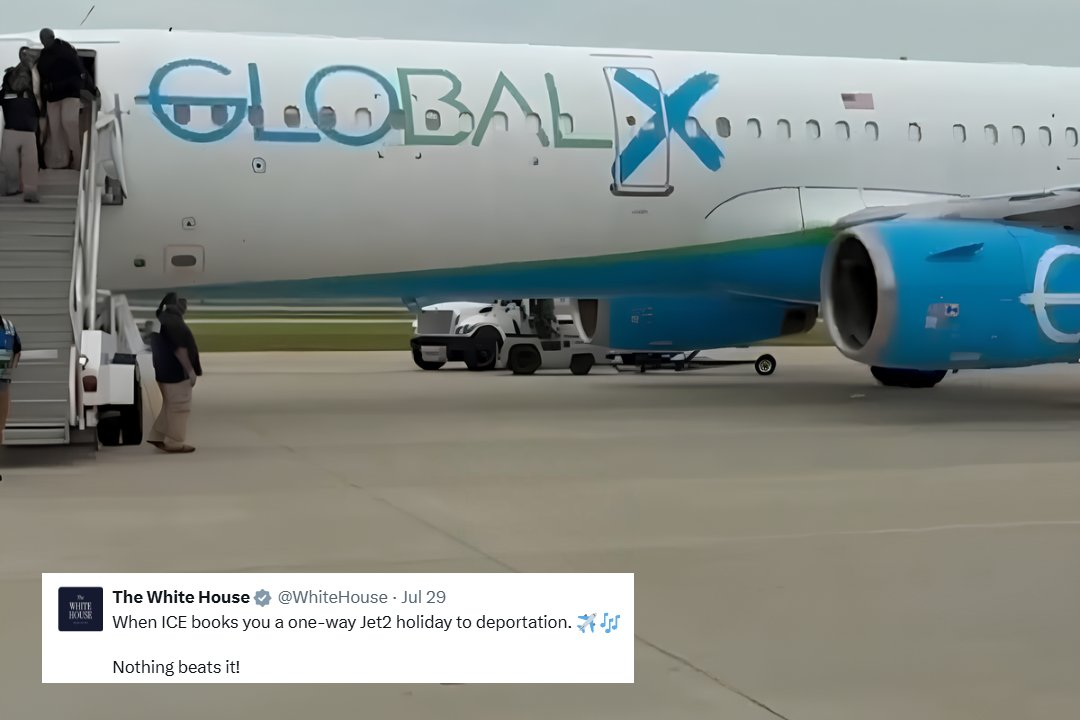
Things got worse for Jet2 when in July 2025, the official White House account posted a video of ICE deportations overlaid with the viral Jet2 audio. The caption mocked -
“When ICE books you a one-way Jet2 holiday to deportation. Nothing beats it!”
The post ignited further backlash when Jess Glynne, whose song the ad used, responded to the post saying -
“This post honestly makes me sick. My music is about love, unity, and spreading positivity – never about division or hate.”
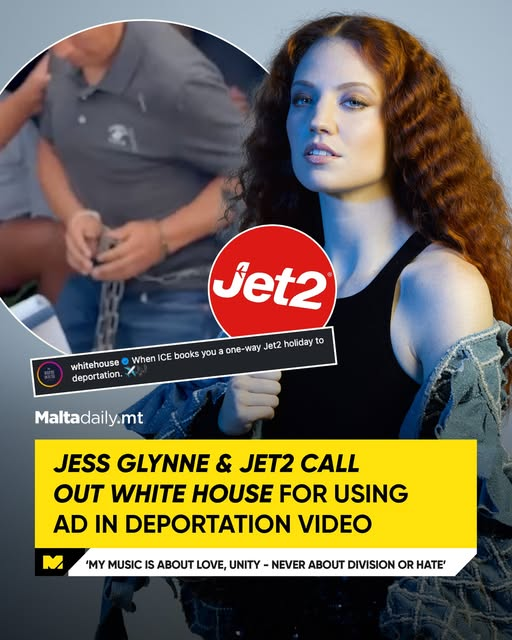
From a happy jingle, the song became the center of a controversy. Jet2 disavowed affiliation and stated that the usage wasn’t endorsed by them in any way.
Even voice actor Zoë Lister distanced herself, saying she doesn't support her voice being used in support of such policies.
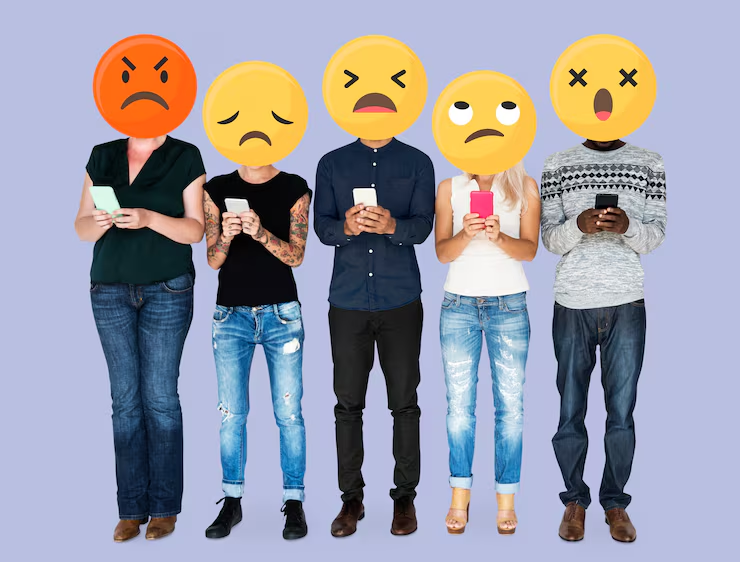
Brands can no longer be the sole narrators of their message. Audiences repurpose content in real time transforming the context. Now that could either be great or worse for brands.
Social listening is like the modern marketer’s radar system. You have to detect sentiment shifts from positive to negative before it hits crisis levels.
So, viral attention without sentiment analysis is a blindfolded win. So, you don’t have to just track reach but understand tone. Or else, your viral jingles will become case studies for us.
Stay tuned for more!
Discover How Audience Intelligence can help your brand grow